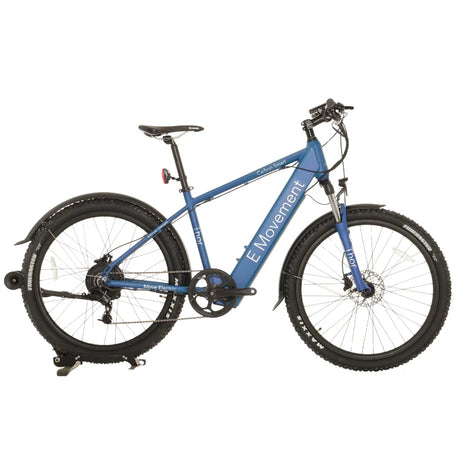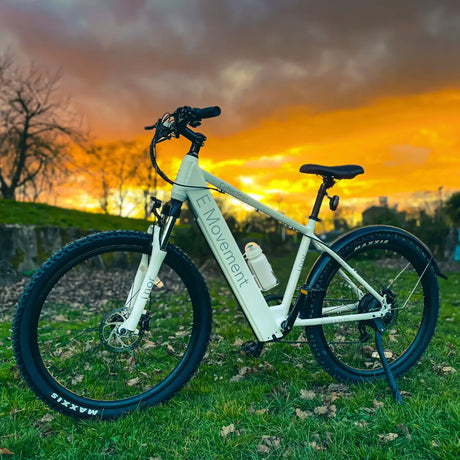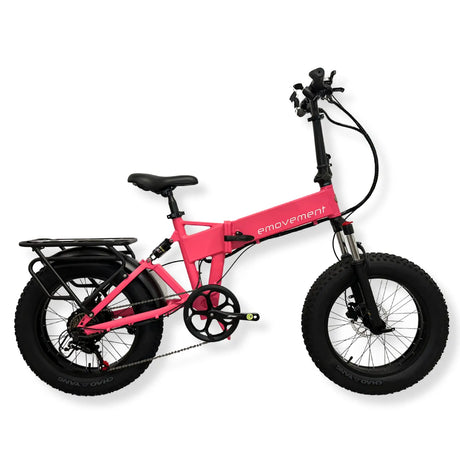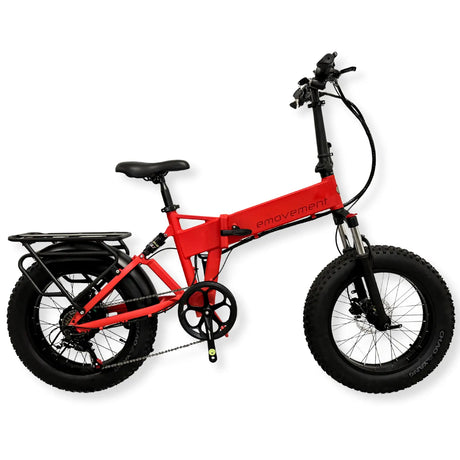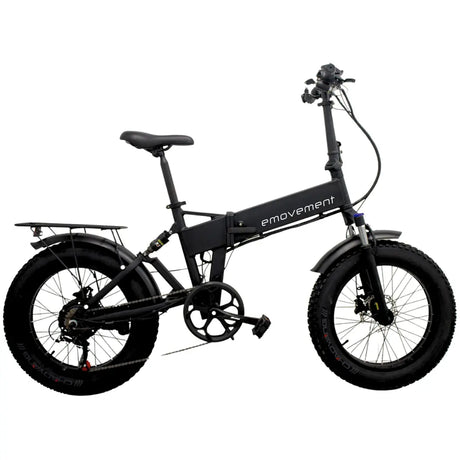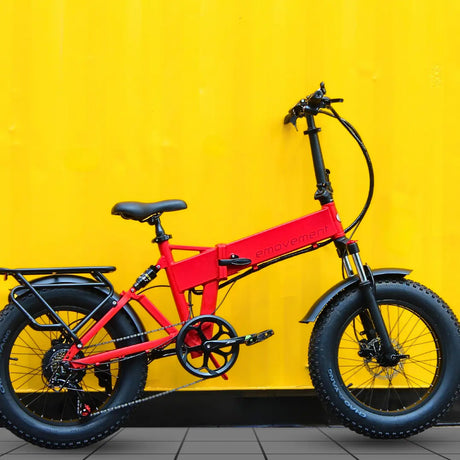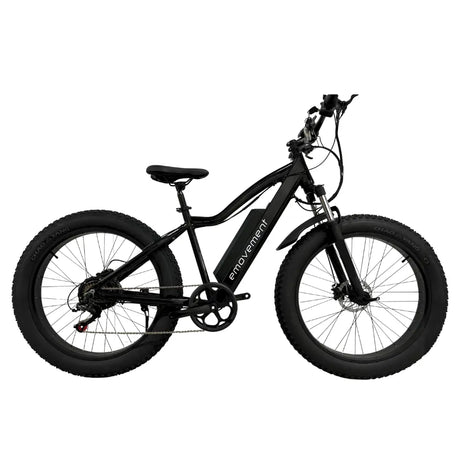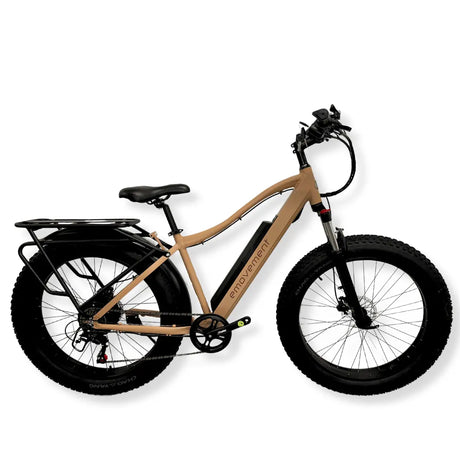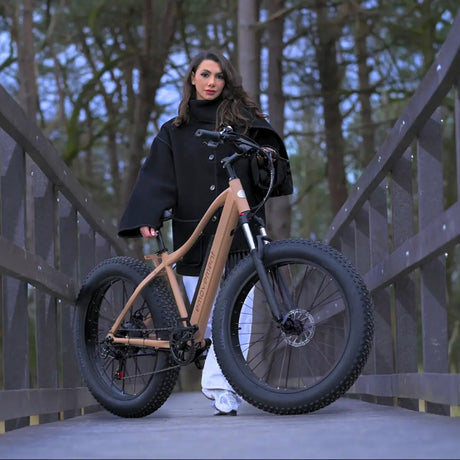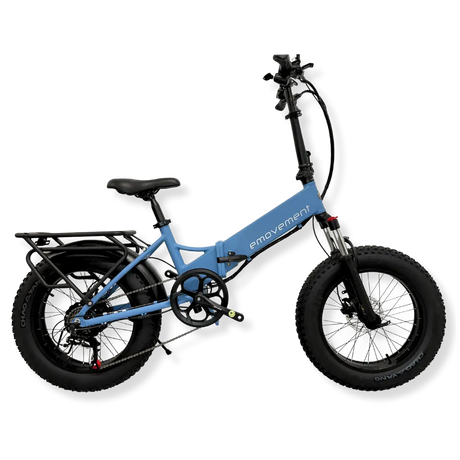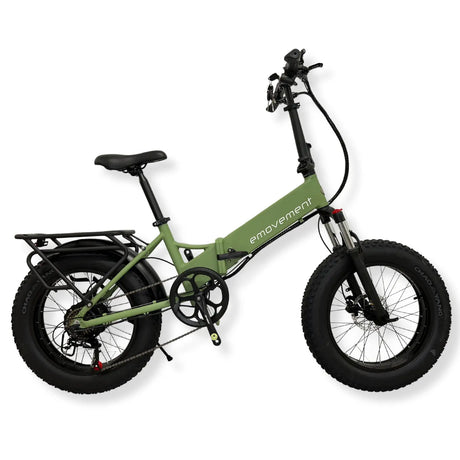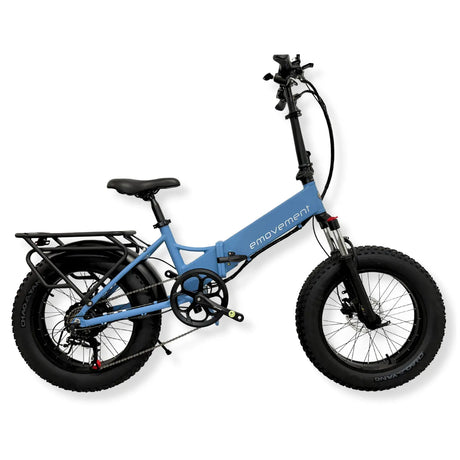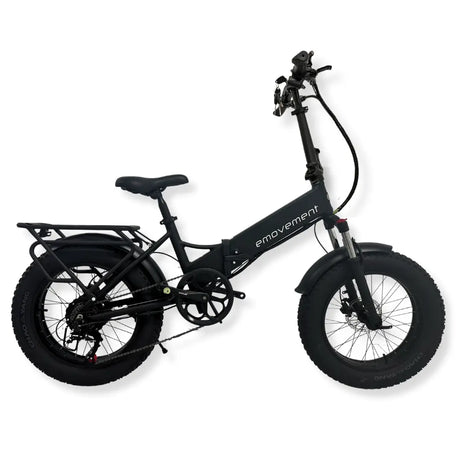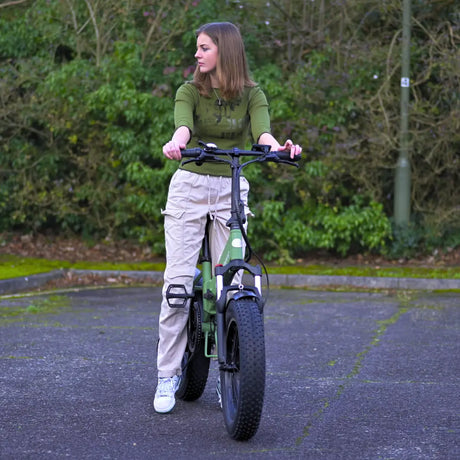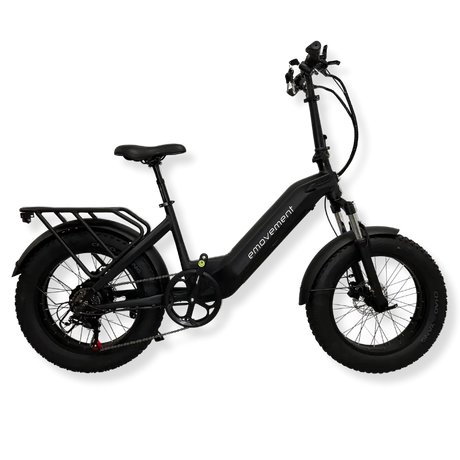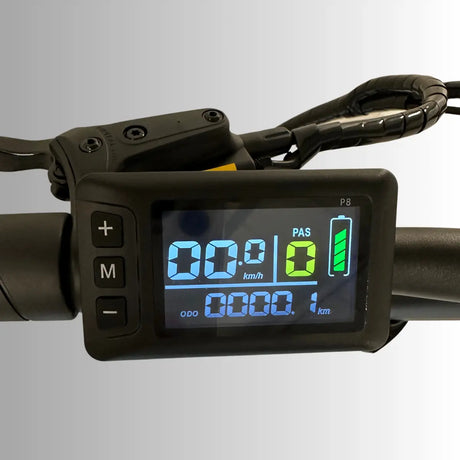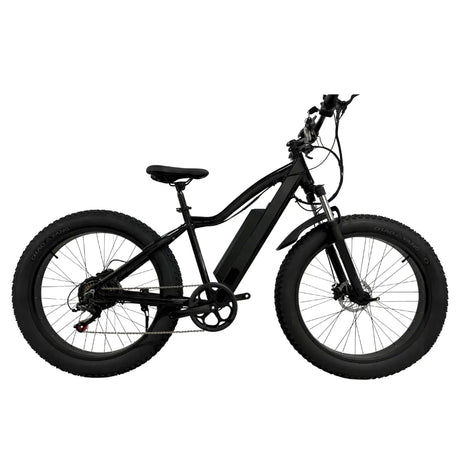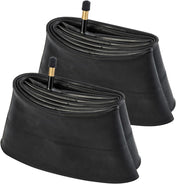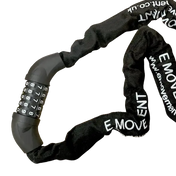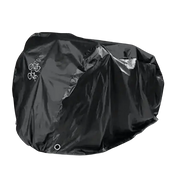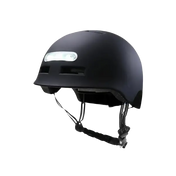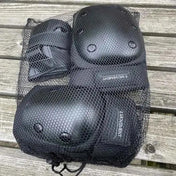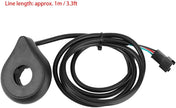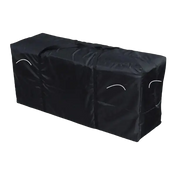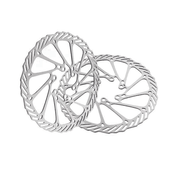Inside this Article:
As electric bikes become increasingly popular for both commuting and recreation, understanding how to care for them is crucial. Keeping your e-bike in top condition not only ensures optimal performance but also extends its lifespan, saving you from costly repairs in the long run. From daily checks to advanced e-bike maintenance , our guide will provide you with practical tips and comprehensive insights into making the most out of your vehicle. Keep reading as we delve into the best electric bike maintenance practices for keeping your electrifying adventures smooth, fun, and uninterrupted.
Routine Maintenance
In order to fully enjoy your cycling adventures, you need to make a commitment to regular maintenance:

Daily Maintenance Checklist
Effective daily maintenance enables your e-bike to always be ready for the road, maintaining its condition and ensuring rider safety:
Pre-ride Inspections
Before you embark on your journey, a comprehensive pre-ride inspection can prevent many common issues and accidents. Let’s consider some essentials:
- Tyre Pressure: Always inspect whether your electric bike’s tyre pressure is within the recommended range to avoid flats and maintain proper traction. Properly inflated tyres also improve the efficiency of your ride, reducing battery strain and increasing range.
- Brake Functionality: Test your brakes to determine if they respond quickly and effectively. This is crucial for your safety, particularly in unpredictable traffic or adverse weather conditions.
- Battery Charge and Mounting: Confirm that the battery is fully charged and securely mounted since a loose battery may lead to power interruptions or damage.
- Lights and Indicators: Check that all your lights are working properly for visibility, which is vital for early morning or late evening rides.
Post-Ride Care
A little time spent on e-bike maintenance after every rides= can go a long way in preserving your bicycle’s integrity:
- Clean the Bike: Wipe down your bike after every single ride to remove dirt, mud, and debris, especially from the chain and electronic components. Doing so prevents buildup that can wear down parts over time.
- Visual Inspection: Look for any signs of wear or damage, such as cracks or loose components, and address them promptly so you can avoid future failures.
- Secure Storage : Store your pedelec in a safe, dry place to protect it from bad weather and reduce the risk of theft or damage. Proper storage prevents unnecessary wear and keeps the vehicle ready for your next journey.

Weekly Maintenance Tasks
We recommend complementing your daily checks with weekly maintenance tasks to address electric bike parts requiring more attention to detail:
Cleaning and Lubrication
Weekly cleaning and lubrication play a crucial role in keeping your e-bicycle in optimal condition. Clean your bike with a soft cloth and mild detergent; gently wipe down the frame, wheels, and components. Make sure you don’t directly spray water on electrical parts to avoid any damage. This prevents the buildup of grime that might wear down parts.
After cleaning, apply lubricant to the chain, gears, and moving parts. Choosing lubricants specifically designed for e-bikes is in your best interest because they reduce friction and wear, facilitate smoother operation, and protect against rust.
Make sure you use lubricants that are approved by your ebike manufacturer/brand and do not over-lubricate your bike.
Tyre Pressure Checks
Maintaining the correct tyre pressure helps provide an efficient and smooth ride on your electric bike. It’s good practice to check tyre pressure every week according to your preferred terrain and current weather conditions. A regular check maintains optimal traction and minimises the risk of punctures. Properly inflated tyres also ease the strain on your battery, which allows you to extend your ride further on a single charge.
Brake Adjustments
Brakes are your pedelec's first line of defence when it comes to safety, underscoring the importance of their maintenance. To make sure they function optimally, it's crucial to check the alignment and tension of the brake cables and verify that the brake pads aren’t overly worn. Worn pads should be replaced promptly since they can lead to brake failure and, in turn, accidents.
Monthly Maintenance Routines
Monthly e bike maintenance routines dive deeper into the health and functionality of your bike, focusing on components that affect long-term performance and reliability:
Battery Health Check
E lectric bike battery maintenance is essential for extended rides and usage:
- Voltage Check : Use a multimeter to check the battery's voltage level and whether it is holding a charge appropriately. This can indicate the health of your battery.
- Visual Inspection : Look for any signs of wear, corrosion, or damage. Examine the connections and clean them when necessary so they remain secure and free from debris.
- Charge Cycles : Keep track of charge cycles and compare them against the manufacturer’s guidelines. Consider recalibrating the battery to help it regain an accurate measure of charge capacity if performance dips significantly.
Chain and Drivetrain Inspection
The chain and drivetrain of a bike are critical for the smooth transfer of power from your battery to the wheels. Here are some tips on e-bike chain maintenance :
- Clean and Inspect : Clean the chain, gears, and related components thoroughly to remove any dirt or grime. Inspect them for wear and ensure they are in good condition.
- Adjustment : Adjust the chain tension and align the gears if necessary for efficient power transfer and prevention of other mechanical issues while riding.
- Lubrication : After cleaning and adjusting, apply a high-quality lubricant suited for e-bicycle conditions to protect against excessive wear and corrosion.
Firmware Updates
Keeping your electric bike's firmware up to date enables riders to benefit from the latest improvements and security enhancements . Make a habit of regularly checking the manufacturer’s website or connecting your bike to its associated app to see whether new firmware is available. Following the manufacturer's instructions to install these updates is paramount; they can significantly enhance the efficiency of electronic components, improving features such as battery management and motor output.

Detailed Service and Maintenance Procedures
To fully reap the rewards of an optimal e-bicycle, you should follow detailed servicing procedures. Here are the most important ones:
Battery Care and Maintenance
Taking care of your bike’s battery should be a top priority if you want to maximise its lifespan and efficiency:
Charging Best Practices
By being mindful of how and when you charge, you can ensure your battery provides reliable power and performance during every ride:
- Regular Charging : Even if the battery isn't fully depleted, it's beneficial to charge it regularly. Avoid letting the battery drain completely because this reduces its lifespan.
- Use the Right Charger : Always use the charger provided by your e-bike manufacturer. Using an incorrect charger may lead to damage and void your warranty.
- Partial Charges : It’s better to charge the battery partially if you’re not going to use the electric bike for a while. We recommend aiming for a charge level between 40% and 80% to reduce stress on the battery cells.
Storage Tips
Proper storage of your pedelec’s battery, whether removable or not, is crucial for its health and efficiency during periods of non-use. Store your battery in a cool, dry place and avoid extreme temperatures . High heat can degrade the battery faster, while very cold conditions can decrease its effective capacity. When you're not using your e-bike for an extended period, charge the battery to about 50% before storage . Check and recharge it every few months to maintain its health.
Troubleshooting Common Issues
Understanding how to troubleshoot common battery issues can save you time and guarantee uninterrupted journeys:
- Decreased Range : If you notice a significant drop in your bike’s range, it could be a sign of battery degradation. Consider recalibrating the battery or having it checked by a professional.
- Failure to Charge : Ensure that the charger and connections are clean and secure. In case the battery still doesn’t charge, you may need to get an expert to look at it.
- Power Cuts Out : Check for loose battery connections or damaged terminals. A battery reset might also solve the issue, but if problems persist, professional servicing is in your best interest.
You can view our detailed guide on common electric bike issues and their solutions here .
Motor Maintenance
Like battery care, proper e-bike motor maintenance allows an electric bike to function optimally:
Types of Motors and Their Specific Needs
Pedelecs feature various types of motors, each with unique maintenance requirements:
- Hub Motors : Commonly found in the wheel's hub, these motors are relatively low maintenance. Frequently check for loose spokes and keep the hub clean and free from debris for effective electric bike hub motor maintenance .
- Mid-Drive Motors : Mid-drive motors are located in the bike's crank area and require more frequent inspections of the surrounding components, such as the chain, crank arms, and sprockets. This is due to their direct connection to the bike's drivetrain.
- Friction Drive Motors : Such motors apply power directly to the rear tyre. Friction drive motors need constant checks for proper alignment, as misalignment can cause inefficient power transfer and increased tyre wear.
Cleaning and Inspection
With regular cleaning and inspection, you can maintain your motor’s reliability and extend its operation. Use a damp cloth to gently wipe the motor casing for cleaning, removing any dirt and grime that has accumulated. It's important to avoid using high-pressure water jets since these might force water into the motor seals and potentially damage internal components.
During your inspection routine, look out for any signs of wear, listen for unusual noises, and feel for vibrations during rides—all of which could indicate issues . Also, carefully check the electrical connections for any signs of corrosion or looseness to avoid a significant impact on motor performance.
Common Motor Problems and Solutions
Familiarising yourself with common motor issues can help you troubleshoot problems effectively:
- Overheating : If the motor frequently overheats, check for blockages or debris that might be hindering ventilation. Be careful not to overload the motor with excessive weight or continual uphill riding.
- Loss of Power : Loss of power may be caused by poor battery connection, worn-out components, or electrical issues. Inspect all connections and consider a professional service when the problem persists.
- Noise or Vibration : Unusual noises or vibrations can indicate loose parts or alignment issues. Tighten all bolts and make sure the motor is properly aligned with the frame.

Brake System Servicing
Different brake types suit different riding conditions and require unique e-bike maintenance approaches, enabling riders to handle their bike confidently under all conditions:
- Disc Brakes : Disc brakes are common on modern electric bikes and offer superior stopping power on various terrains. These brakes need regular checks for pad wear and rotor condition along with adjustments to keep them performing well.
- Rim Brakes : Found on many traditional bikes, rim brakes apply pressure directly to the wheel's rim. They necessitate frequent checking of the pad wear and proper alignment for effective braking.
- Regenerative Brakes : This type of brake is utilised primarily on pedelecs and helps recharge the battery while providing braking power. Regenerative brakes generally entail less maintenance but should be checked for software updates and functional integration with the bicycle’s electrical system.
Brake Pad Replacement
Replacing worn brake pads is essential for maintaining your e-bike's stopping power and ensuring rider safety . It's important to regularly inspect the brake pads for wear. If you notice the pad thickness has been reduced to just a few millimetres, it's time for a replacement.
For disc brakes, the process involves removing the wheel and calliper, replacing the pads, and then realigning the calliper for maximum function. With rim brakes, you'll need to replace the pads and carefully adjust them so they make proper contact with the rim but avoid touching the tyre. We recommend using basic tools like Allen keys, a screwdriver, and a special brake pad spreader to make the job easier for yourself.
Brake Fluid Maintenance (for Hydraulic Brakes)
Let’s also delve into how to maintain hydraulic brakes so they offer excellent braking mechanisms:
- Fluid Check : For electric bicycles with hydraulic disc brakes , it’s paramount to check the brake fluid level and quality frequently. Low or dirty fluid can affect braking performance negatively.
- Bleeding the Brakes : This process involves removing old brake fluid and air bubbles from the brake lines and refilling with fresh fluid. Carry out such tasks in a clean environment to avoid contamination.
- Professional Servicing : While some maintenance-savvy cyclists do this at home, it’s often recommended to have hydraulic systems serviced by a professional for optimal performance and safety.
Tyre and Wheel Care
You should pay close attention to the condition of your tyres and diligently maintain proper tyre pressure to improve ride quality on various terrains and extend e-bike wheel durability:
Tyre Types
Selecting the correct type of tyre for your electric bike is crucial as it affects traction, comfort, and bike handling. Here are the most common types and their best uses:
- Standard Tyres : Standard tyres are ideal for regular commutes with road e-bikes on paved paths, usually featuring a balanced tread that offers a sufficient grip for daily cycling.
- Puncture-Resistant Tyres : These are designed with an extra protective layer to resist punctures from sharp objects, which makes them perfect for urban environments where debris like glass and nails are more common. Most of our electric bikes feature these. Please remember that these tyres are resistant to punctures, not fully puncture-proof.
- Off-Road Tyres : Built with deeper treads and more durable rubber, off-road tyres are best suited for tackling rugged terrain and providing stability on uneven surfaces with eMTBs .
Wheel Alignment and Truing
Aligning your wheels correctly within the frame prevents uneven tyre wear and preserves the bike’s handling characteristics for a safe and enjoyable ride. Another equally important electric bike maintenance task is truing the wheels, or adjusting the spokes’ tension so that the wheel spins straight. This procedure, typically performed with a truing stand and a spoke wrench, helps eliminate any wobbles and maintains the wheel's structural integrity. Regular checks and adjustments to wheel alignment and truing not only enhance your bike’s performance but also contribute to a more stable and responsive riding experience.
Puncture Repair
Being prepared to handle punctures can greatly reduce downtime and inconvenience during your electrifying adventures. It's wise to always carry a puncture repair kit that includes tyre levers, a spare tube, patches, adhesive, and a mini pump or CO2 inflator.
When a puncture occurs, start by removing the wheel and using the tyre levers to take the tyre off the rim. Next, locate the puncture and decide whether to patch it or replace the tube entirely. Once the repair is done, make sure to properly seat the tyre back on the rim and reinflate it to the correct pressure so that you can get back on the road quickly and seamlessly. By mastering puncture repairs, you can confidently tackle any unexpected issues that come your way when cycling.
Chain and Drivetrain Maintenance
Maintaining the chain and drivetrain of your e-bike on a regular basis facilitates efficient power transfer from the motor to the wheels:
a. Cleaning and Lubricating the Chain
A clean and well-lubricated chain unlocks the full potential of your ride. Begin with a thorough cleaning using a bike-specific degreaser and a soft brush, meticulously removing any grit and grime that may accelerate your bike’s component deterioration.
When the chain is completely dry, apply a high-quality lubricant appropriate for your typical riding conditions, whether wet or dry. Remember to use the lubricant carefully on each link, wiping away any excess to keep unwanted dust at bay. With such proactive maintenance, you can keep e-bike parts in prime condition.
b. Checking and Adjusting Derailleur
As a crucial e-bicycle component, the derailleur is responsible for providing smooth gear transitions. To maintain maximum operation, we recommend periodically inspecting it for any signs of damage or misalignment. Ensure the derailleur shifts seamlessly between gears without skipping or creating noise. If you find the gear shifting isn't as precise as it should be, it’s likely that your derailleur requires an adjustment.
You will have to fine-tune the limit screws and adjust the cable tension to achieve a crisp and efficient chain movement across the gear set. Properly setting up your derailleur prevents chain derailment and excessive wear, keeping your rides fun and consistent.
c. Replacing Worn-out Components
Monitoring the wear and tear on your pedelec’s drivetrain components helps avoid costly repairs down the line. Regular inspections are essential; keep a close eye on the chain, cassette, and chainrings to spot any signs of wear such as stretched chains, worn teeth, or other damage that could hinder functionality.
When you notice significant wear, it's important to replace the affected components promptly. For instance, a worn chain doesn't just perform inefficiently—it can also accelerate wear on the cassette and chainrings, multiplying repair costs and affecting your ride quality. Timely replacement of these parts ensures that you can protect your investment in the long run.
Suspension System Servicing
If you ride on different terrains, maintaining your suspension system is key to effective handling and enjoyable journeys.
Pedelecs can be equipped with various suspension systems to enhance comfort and control:
- Front Suspension (Fork) : Commonly used in mountain and hybrid e-bikes , front suspension forks help absorb impacts from the front wheel. This type of suspension helps maintain front-wheel traction and reduces rider fatigue by smoothing out the ride over rough terrains and bumpy urban roads.
- Rear Suspension : Rear suspension systems are typically found in full-suspension bikes . They absorb impacts to the rear wheel, providing better traction and a smoother ride on uneven terrain. in
- Full Suspension : Combining both front and rear suspension, these suspension systems offer the highest level of comfort and are ideal for technical off-road riding . On city streets, they excel in absorbing shocks from all angles when navigating through traffic.
How to Maintain Your eBike’s Suspension System
Clean suspension components with a soft cloth and mild detergent after rides, especially in muddy or dusty conditions. Apply a suspension-specific lubricant to the moving parts, like fork stanchions and rear shock pivots for smooth operation and protection against wear. Frequently inspect the seals for any signs of wear or leaks, as compromised seals may allow dirt and water to enter the system, causing damage.
Troubleshooting Electric Bike Suspension Issues
Being familiar with common suspension problems can help you identify and fix issues before they deteriorate even further:
- Loss of Damping : If the suspension feels too bouncy or fails to rebound properly, it may be due to low fluid levels or air leaks. Check the fluid levels and consider replacing the seals if leaks are found.
- Stiffness : When the suspension isn’t moving freely, dirt or rust could be causing friction. Clean the components thoroughly and lubricate them to resolve the issue.
- Noise : Squeaks or knocks during a ride might indicate loose parts or insufficient lubrication. Tighten all bolts and apply lubricant to the necessary areas.
Electrical System Checks
Let’s talk about inspecting and maintaining the electrical system effectively for seamless operation wherever you go:
a. Inspecting Your Electric Bike’s Cables and Connections
Ensuring that all electrical cables and connections on your electric bike are secure and in good condition is crucial for its proper function. Start with a thorough visual inspection of all wiring harnesses, connectors, and cables for any signs of wear, fraying, or damage. Be particularly vigilant for any exposed wires or loose connections, as these can lead to interruptions or short circuits that might disrupt your ride or cause more severe failures.
You can prevent such issues by securing all connections firmly. Loose connections not only jeopardise the bike's performance but can also result in the complete failure of its electronic components. Additionally, take proactive protective measures by using cable ties to secure any loose wires so they are neatly tucked away from any moving parts.
b. Testing Sensors and Displays
- Regularly test all sensors (like speed, torque, and cadence ones) for proper functionality at all times. Inspect the display unit for any error codes or malfunctions.
- If sensors seem to be giving inaccurate readings, recalibrate them according to the manufacturer's instructions. This ensures they provide reliable data for your ride.
- Check for firmware or software updates for sensors and display units. Updates can resolve bugs, improve accuracy, and sometimes add new features.
Diagnosing Electrical Faults
Understanding how to diagnose common electrical faults can save you time and prevent further damage to your pedelec:
- Error Codes : Consult your electric bicycle manual to understand what different display error codes mean, helping you pinpoint specific problems.
- Multimeter Testing : Use a multimeter to test the continuity and voltage of electrical circuits. It helps identify whether there are any breaks in the circuit or components that aren’t receiving enough power.
- Professional Help : For complex issues or when in doubt, consult a professional technician. Electrical systems can be intricate, and incorrect handling might worsen the problem.

Advanced Maintenance
Advanced e-bike maintenance goes beyond routine checks and adjustments, encompassing critical updates and seasonal preparations that enhance your vehicle's performance and extend its lifespan:
Firmware and Software Updates
Consistent firmware and software updates help maintain the functionality and security of your bike’s systems:
Importance of Keeping Software Updated
Software updates often introduce new features to help make each ride more efficient and enjoyable. These updates also play a crucial role in addressing any existing bugs or glitches that may pose a threat to your safety. With cyber threats evolving, security patches included in updates help protect your pedelec’s electronic systems from potential vulnerabilities and enable riders to cycle everywhere without any stress.
How to Update Firmware
Understanding how to properly update your electric bike's firmware ensures your system runs smoothly and benefits from the latest improvements:
- Manufacturer’s Instructions : Always follow the manufacturer's e-bike maintenance manual for updating firmware. This usually entails downloading an update from their website onto a USB drive or connecting your bicycle directly to the internet via a mobile app.
- Battery Charge : Ensure your pedelec’s battery is fully charged before starting an update to avoid interruptions that could corrupt the update process.
- Stable Connection : When updating wirelessly, check whether you have a stable connection so you can avoid incomplete updates. Interruptions may lead to firmware corruption.
Customising Settings for Optimal Performance
By customising your e-bike’s settings, you can use it according to your personal riding needs:
- Riding Modes : Many e-bicycles come with adjustable riding modes such as eco, normal, and sport . Experiment with these settings to find what best suits your typical routes and riding style.
- Motor Tuning : Some systems allow you to adjust the motor’s characteristics, like acceleration and torque. Tailoring them can improve your bike’s responsiveness.
- Display Settings : Customise what information you see on your electric bike’s display for a more personalised dashboard, focusing on what's most important to you. For example, battery life, speed, or trip distance.
Winterising Your Electric Bike
As temperatures drop, we recommend preparing your electric bike for winter and protecting it from harsh weather conditions:
Preparing for Cold Weather
Proper preparation can help prevent damage from cold weather. Keep the battery fully charged and store it in a warm, dry place since its performance and lifespan can be significantly reduced in cold weather. Also, remember that cold air decreases tyre pressure. Check and adjust the pressure to the recommended level, as this prevents cracks and other damage from under-inflation. For a protective coat, apply a silicone-based spray or lubricant to metal surfaces to prevent rust and corrosion caused by moisture and road salt.
Storage Tips for Winter
Choosing the right storage location and methods extends the life of your e-bike during the off-season. Store your bike indoors in a dry, temperate area for protection against moisture and extreme temperatures. If indoor space isn’t available, use a breathable, waterproof bike cover to safeguard it from moisture and debris. Place your pedelec on a stand or elevate it to prevent the tyres from freezing on the ground and to avoid flat spots from long-term pressure.
Maintenance After Winter Storage
After winter, a thorough check-up guarantees your electric bike is safe and ready to hit the road as warmer weather returns.
Before using your bike, inspect and charge the battery to determine whether it's functioning correctly. Examine the vehicle for any signs of rust or wear, especially on the chain and gears. Lubricate these components if necessary before your first ride. Take a short test ride to check for any operational issues. Pay close attention to the brake and gear performance.
Conclusion
Maintaining your e-bike through a regular and detailed servicing routine gives way to its longevity, safety, and optimal performance. From daily checks of the battery and tyres to more involved monthly assessments of the motor and suspension, each e bike maintenance step plays a crucial role. Professional servicing should not be overlooked, especially for complex issues , annual checkups, or post-accident inspections. By investing time in routine care and choosing reliable service providers, you can enjoy a smoother ride and extend the lifespan of your electric bike for safe and enjoyable adventures.


